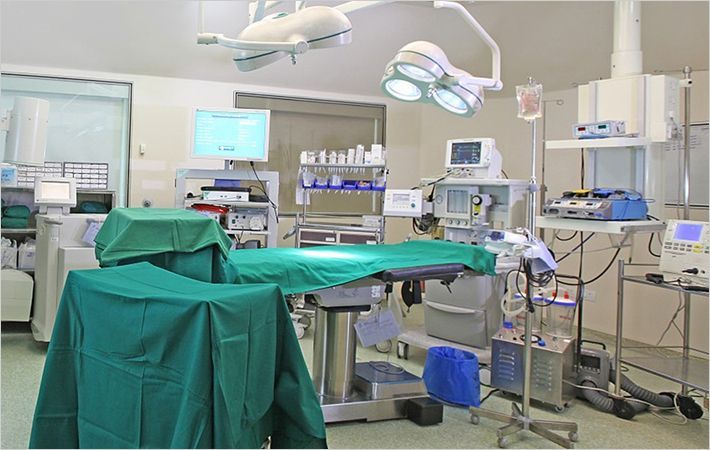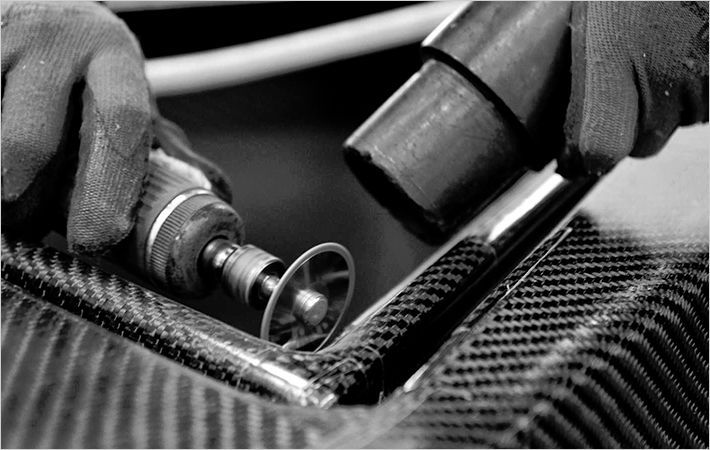“Our milled short glass fibers are increasingly being used in R-RIM in place of natural mineral fiber fillers for producing bodywork parts in exclusive, small and medium-sized series. They are gaining popularity for PTFE compounding when light-colored components have to meet high optical requirements,” says Martin Wiemer, marketing expert for glass fibers at LANXESS.
Minimal distortion, isotropic shrinkage, stable manufacturing process
In the R-RIM process, a mixing head is used to mix the polyurethane raw materials polyol and diisocyanate with a reinforcing material such as LANXESS Milled Fiber. The mixture is discharged into a mold, where the reaction runs its course. Car parts such as rear wings and paneling/moldings for sills, bumpers and side members can be manufactured in this way. The requirements on gap dimensions for these large-scale components have increased hugely recently.
“More and more customers are telling us that they can meet these requirements more easily using our milled short glass fibers. This is due to their very narrow length distribution, which significantly improves the shrinkage behavior of the components. The gaps to neighboring assemblies therefore remain small and acceptable,” says Wiemer.
The narrow length distribution of the fibers also ensures that the viscosity of the polyurethane reaction mix can be adjusted precisely. As a result, the manufacturing process exhibits a high degree of reproducibility. For example, it is possible to fill the mold evenly and completely and achieve stable production.
No need for pretreatment
The very high purity of the milled short glass fibers from LANXESS really comes into its own for light-colored PTFE parts. “In most cases, time-consuming fiber pretreatments such as energy-intensive flaming are not necessary. The processor can therefore begin production directly and obtains products in a constant, reproducible quality,” says Wiemer. Typical PTFE components with milled short glass fibers include sealing rings for chemical reactors or other extremely heavy-duty applications, cable insulations and molded parts for use in bearings and sliding assemblies.
Uniform diameter, low moisture content
LANXESS has four basic grades of milled short glass fibers in its range (e-glass to DIN 1259). They differ in the formulation of their finishes (surface treatment) and the length of the fibers. Average fiber lengths range from 50 to 210 µm. They have a uniform fiber diameter of 14 µm and the residual moisture content is less than 0.05 percent by weight. “Our products are easy to dose and have a consistent white color. The range also includes product grades that meet the legal requirements for applications that come into contact with food,” says Wiemer.

